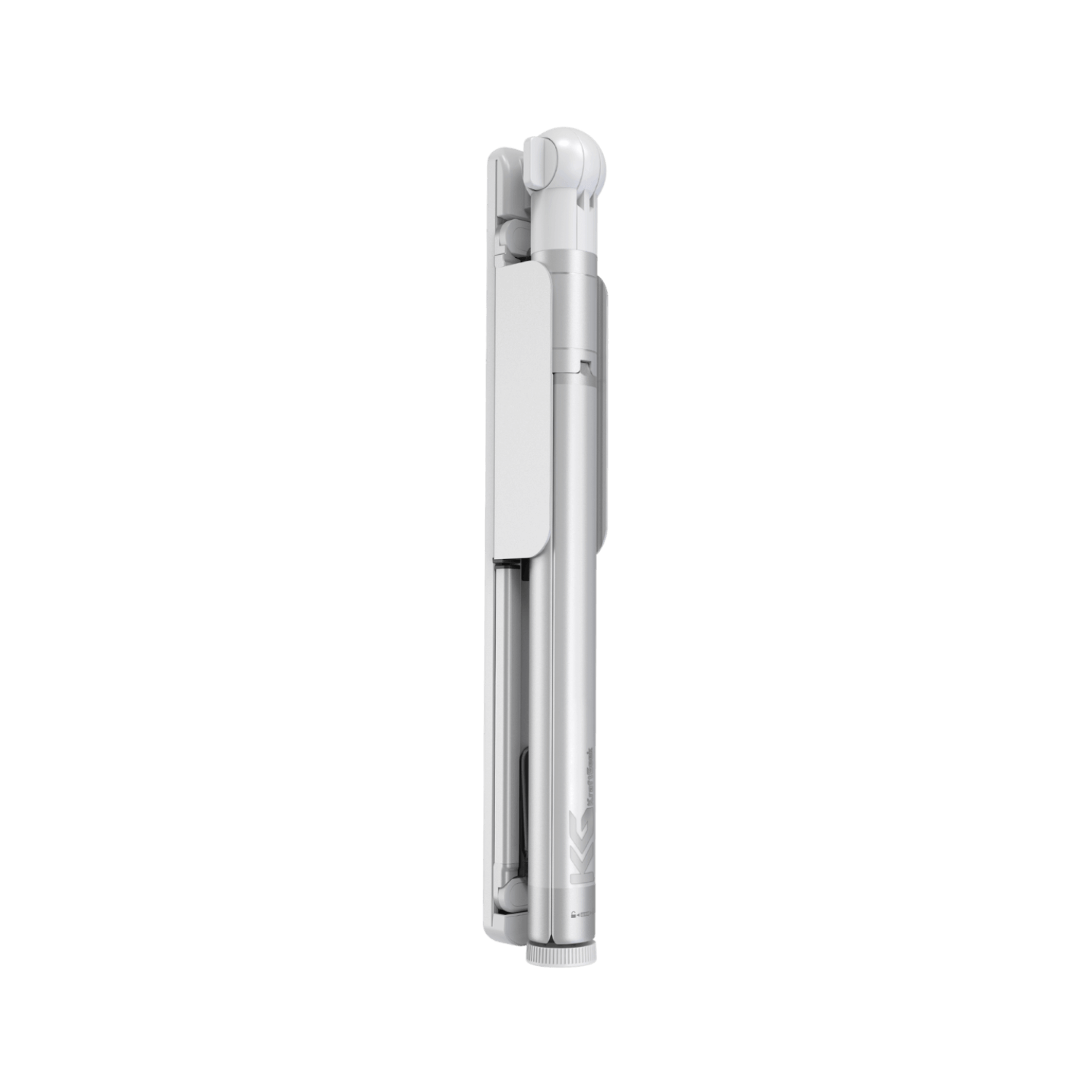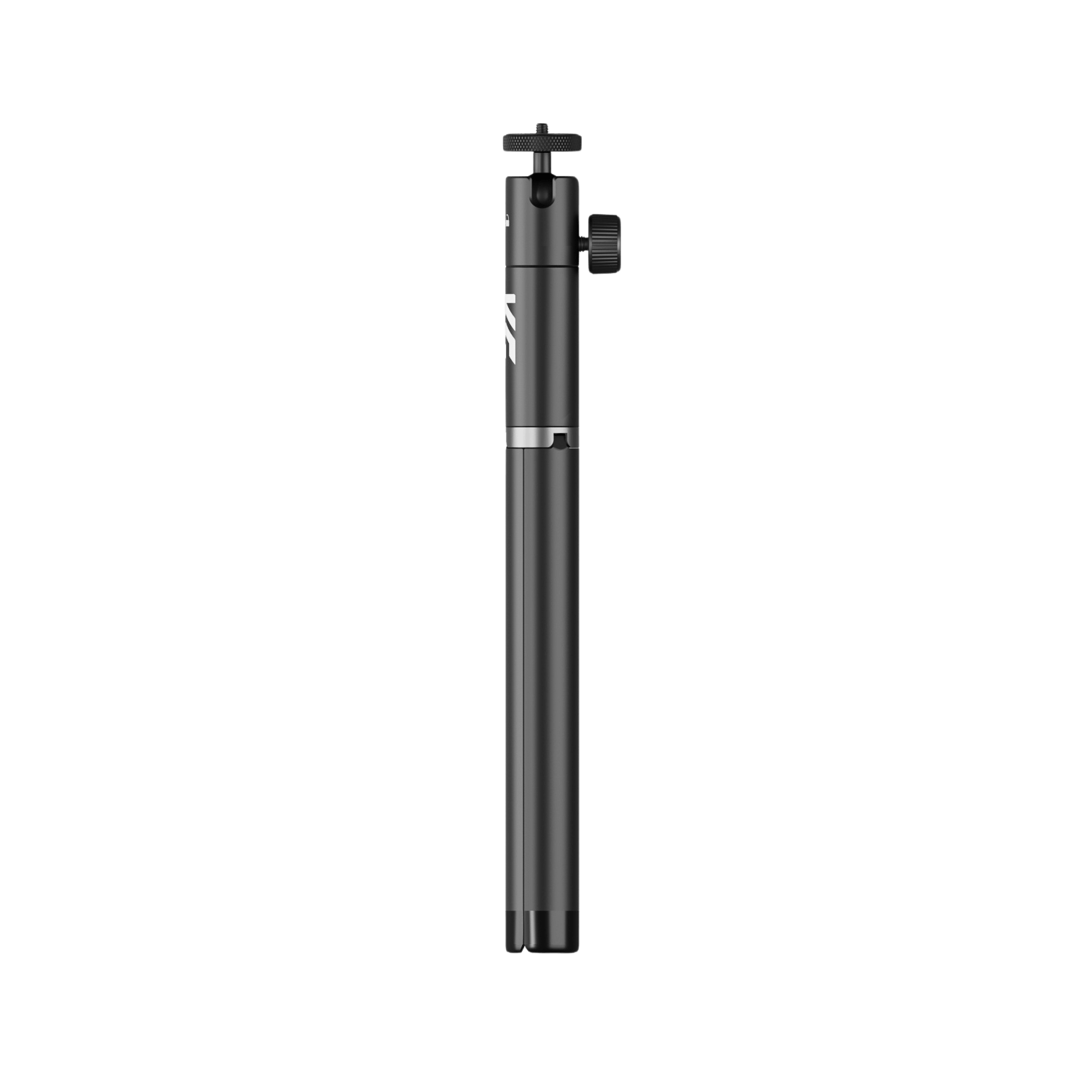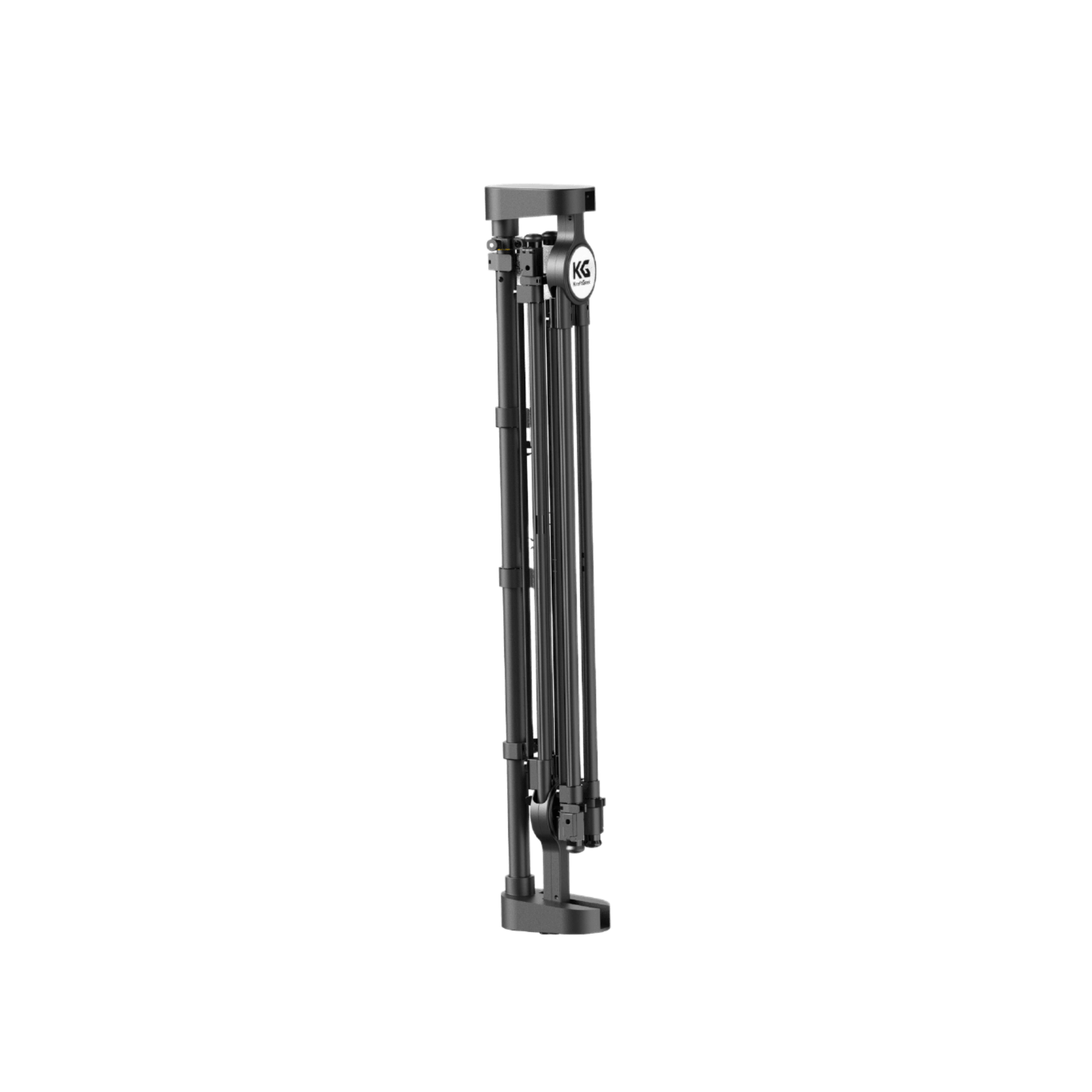Learning to play a musical instrument is a rewarding experience but some instruments present more challenges than others. Mastering an instrument requires dedication, practice, and sometimes, an innate sense of rhythm and pitch. In this article, we'll explore some of the hardest instruments to play, discussing the unique difficulties each one presents.
1. Double Bass
The double bass, the largest and lowest-pitched string instrument in the orchestra, requires significant physical strength to play. Musicians must have strong hands and fingers to press down on the thick strings and create clear notes. The size of the instrument also means that it can be cumbersome to transport and handle.

Playing the double bass involves a keen sense of hearing, as the lower pitches can make it difficult to detect slight variations in intonation. Bassists must develop a refined ear to ensure they stay in tune with the rest of the ensemble.
2. Accordion
The accordion is a unique instrument that combines a keyboard and bellows, requiring the player to use both hands independently. One hand operates the keyboard or buttons, while the other manipulates the bellows to control airflow and volume. This multitasking can be challenging as it requires synchronization and precise control.

Accordions can be heavy, and playing them for extended periods demands physical stamina. The instrument’s weight, combined with the effort of squeezing the bellows, can make long practice sessions tiring. However, the accordion’s distinctive sound and versatility in various music genres make it a rewarding challenge for dedicated musicians.
3. Violin
The violin is renowned for its beautiful, expressive sound. However, this string instrument is notoriously difficult to learn. One of the main challenges is the lack of frets, which means violinists must rely solely on their muscle memory and ears to place their fingers correctly.

RELATED: Violin vs. Viola - Understanding The Differences
In addition to finger placement, mastering the bow is another significant hurdle. Producing a clean, rich sound involves controlling the bow’s pressure, speed, and angle. Beginners often struggle with producing a sound that doesn’t resemble a screeching cat, but with time and practice, the violin reveals its potential for producing heavenly music.
RELATED: Essential Tips For Choosing Your First Violin
4. Bagpipes
Players must maintain a constant air supply to the instrument’s bag, which requires strong lung capacity and breath control. The need to continuously inflate the bag while playing adds a layer of complexity not found in many other instruments.

Bagpipe players must also master the chanter, the melody-producing part of the instrument. Finger placement on the chanter is critical, and achieving the correct pressure on the bag to produce a steady tone is no easy feat. The combination of these factors makes the bagpipes one of the most challenging wind instruments to learn.
5. French Horn
The French horn is another instrument that demands a high level of skill. It requires exceptional breath control and a strong embouchure—the way a player applies their mouth to the mouthpiece. The small mouthpiece and the need for precise lip tension make it easy to hit incorrect notes, especially in the horn’s higher register.

Playing the French horn involves understanding the overtone series, where notes are closely spaced, increasing the difficulty of hitting the right pitch. The instrument’s tubing, coiled into a compact shape, adds to the complexity, requiring players to develop a keen sense of pitch and timing.
RELATED: How To Pick The Right Instrument For Your Child's Musical Journey
6. Theremin
The theremin is perhaps the most unusual instrument on this list. Played without physical contact, it uses electromagnetic fields to produce sound. Musicians control pitch and volume by moving their hands in the air near two antennas.
Because of its sensitivity, playing the theremin can be incredibly challenging. Musicians must have a keen sense of spatial awareness and a steady hand. Despite its difficulty, the theremin’s eerie, otherworldly sound has found a niche in various music genres, particularly in science fiction soundtracks.
7. Harp
Harpists must manage numerous strings, each with its own pitch, and the sensitivity of these strings can be a challenge. Plucking the strings with the right amount of force and precision is essential to produce a harmonious sound.

Modern harps also include pedals that change the pitch of the strings, adding another layer of complexity. Coordinating hand movements with foot pedal adjustments requires dexterity and practice. Despite these challenges, the harp’s enchanting sound makes it a sought-after instrument for many musicians.
RELATED: How to Select the Musical Instrument that Fits Your Style
8. Organ
The organ might appear similar to a piano at first glance but playing it is a different story. Organists must coordinate both hands and feet to play, as the instrument often includes a pedalboard that adds a bass line. This level of coordination can be overwhelming, especially for beginners transitioning from other keyboard instruments.

Beyond basic coordination, organists must also manage stops—controls that alter the instrument’s sound. This requires an understanding of the organ’s mechanics and the ability to multitask effectively. Accompanying a choir or congregation adds another layer of complexity, demanding perfect timing and rhythm.
9. Oboe
The oboe, a woodwind instrument with a double reed, is known for its clear and penetrating sound. However, playing the oboe requires exceptional breath control and embouchure. The double reed is delicate and needs regular maintenance, and producing a stable tone can be difficult, especially for beginners.

Oboists must develop precise finger placement and control over their breathing. The instrument’s small size and complex fingering system demand accuracy and patience.
RELATED: Fun Ways To Introduce Music To Your Child
10. Bassoon
The bassoon, affectionately known as the “clown of the orchestra,” offers a distinctive, rich sound. However, it’s also one of the most challenging woodwind instruments to play. The bassoon’s fingerings are complex, and players must navigate multiple keys to produce the correct notes.
Like the oboe, the bassoon uses a double reed, which requires regular care and replacement. The instrument’s size and weight add to the difficulty, making it physically demanding to play for extended periods.
RELATED: 7 Best Budget Electric Guitar Recommendations
Product Recommendations
Conclusion
Mastering any musical instrument is a journey filled with challenges and rewards. While these instruments are challenging, they also offer immense satisfaction and opportunities for creative expression. So if you're considering learning a new instrument, don’t be deterred by the difficulty. Instead, view it as an opportunity to push your boundaries and discover the depths of your musical potential.









